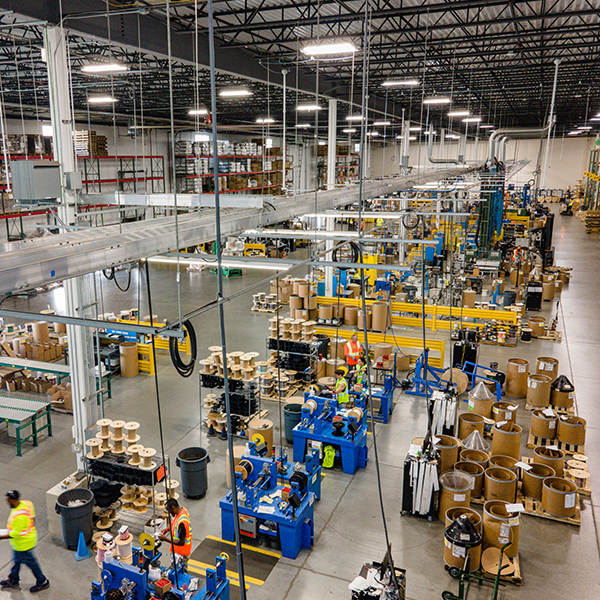

ARTICLE
Edge Computing’s Unique Deployment Requirements
By Randy Hinson | April 22, 2024
Read Time: 4 Minutes
Edge computing has gone mainstream. Once viewed as a niche computing model for Internet of Things (IoT) projects, it is now widely used to enable real-time data processing to support latency-sensitive applications. In a recent IDC survey, more than half of organizations said they are using edge solutions in production today, and two-thirds plan on new edge investments this year.
The edge model pushes data processing closer to users and data sources to minimize latency and preserve bandwidth. That creates a few unusual deployment challenges, however. Here are five key factors to consider when deploying edge devices:
1. Unique Infrastructure Requirements
Standard IT components built for data center environments aren’t appropriate for edge deployments in harsh environments such as warehouses, industrial plants, or even outdoors. Components require ruggedized designs to ensure reliable operation in such conditions. For example, they may need to be fanless and ventless to keep out dirt, dust, and moisture. They should also be tamper-resistant and able to withstand extreme temperatures, vibrations, and sudden movements. Additionally, power and connectivity constraints at the edge require energy-efficient components, the ability to operate on low power, and support for various communication interfaces.
2. Remote Management Capabilities
Edge deployments are often highly distributed across numerous remote locations, which makes manual setup and maintenance impractical and costly. As a result, streamlined deployment processes, automated configurations, and remote provisioning are essential to ensure quick and efficient rollouts. Ideally, edge systems should be simple enough to be deployed with little or no customization and minimal IT skills. Additionally, edge components should have self-diagnostic capabilities and the ability to recover from hardware failures or disruptions automatically. Remote maintenance capabilities are also critical for applying updates and resolving issues without human intervention.
3. Easy Scalability
Given the dynamic and constantly evolving nature of IT ecosystems, edge infrastructure must be able to scale to accommodate growing numbers of connected devices and increased data traffic. Additionally, the infrastructure must be flexible enough to seamlessly integrate additional edge nodes that may be deployed to serve new business needs. Edge orchestration and management tools simplify and automate the scaling of edge infrastructure. In addition, virtualization and containerization enable dynamic resource allocation by creating lightweight, isolated instances that can be easily replicated.
4. Data Security
With large numbers of internet-connected devices processing and storing data outside the traditional data center, edge environments are extremely attractive targets for threat actors. Although edge devices usually only store limited amounts of data, they can be vulnerable entry points into an organization’s network. Security measures such as encryption, authentication, and access controls are essential for preventing unauthorized access. Secure access service edge (SASE) solutions comprising a variety of networking and security tools provide a way to securely connect edge devices and protect the data they exchange.
5. Logistics
The distributed nature of edge environments can present unique logistical challenges. Coordinating the procurement and deployment of edge servers, gateways, sensors, and networking equipment across multiple remote sites is often complicated and time-consuming. Plus, different applications and use cases may demand specific hardware configurations, making it challenging to procure a standardized set of equipment. It’s important to work with vendors who have efficient procurement processes and can offer timely support and maintenance services.
Consider Wesco for Edge Deployments
If your organization is preparing to implement or expand edge infrastructure, consider contacting Wesco first. Our dedicated team of professionals has extensive experience providing edge infrastructure and networking solutions to companies around the globe. Our hardware logistics and distribution services ensure you can get the hardware you need, when and where you need it.
Our proven solutions and services portfolio can help you maximize the efficiency and resiliency of your data center.

ABOUT THE AUTHOR
Randy Hinson
Global Account Manager, Wesco Data Center Solutions
Randy Hinson has been with Wesco since 2004 and is a 35-year veteran of the data center industry. He began his career working with mass storage and memory systems for IBM, Wang, and DEC. Randy has worked with and held technical sales positions for industry leaders in networking, storage, HPC, and supercomputing.

